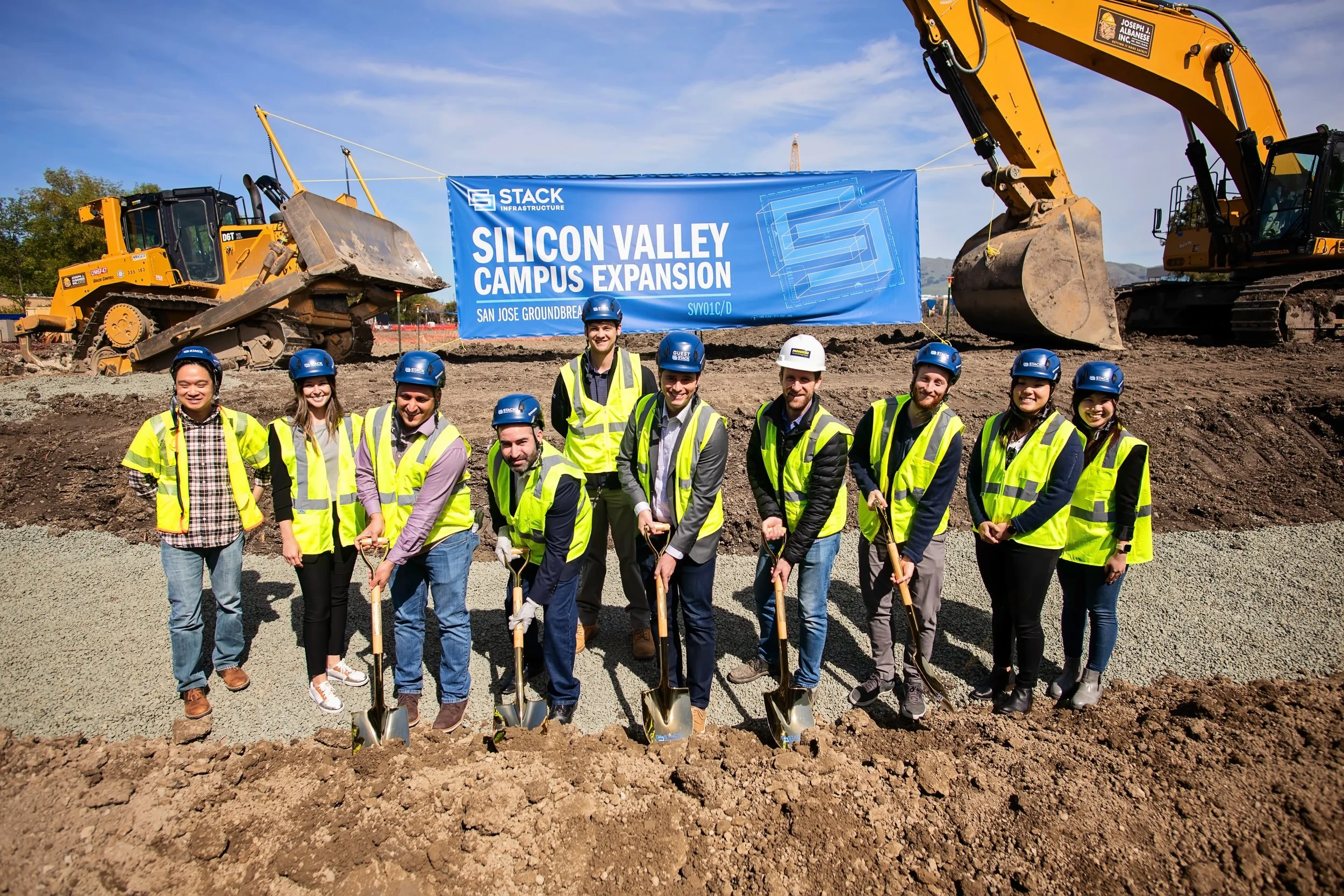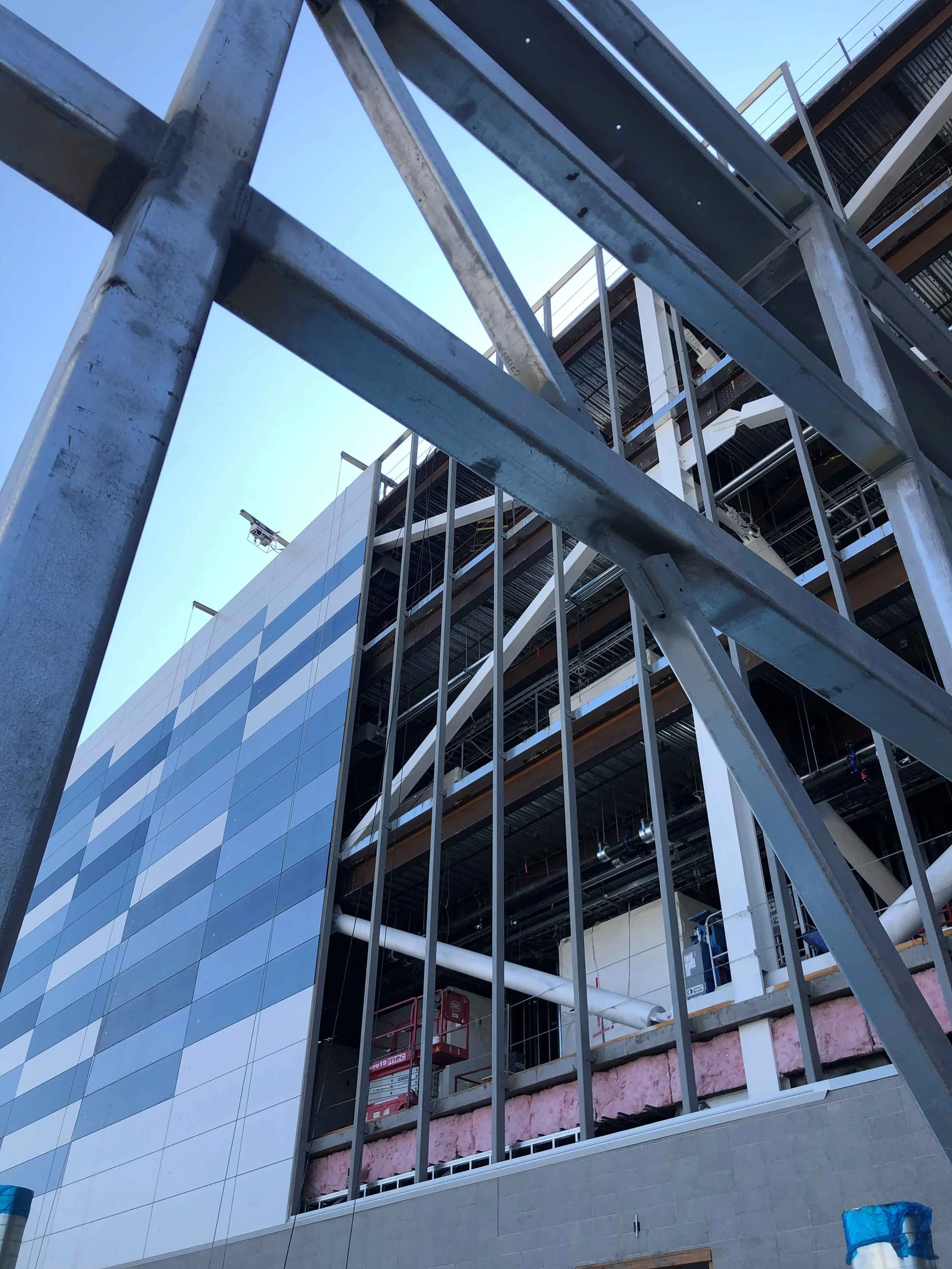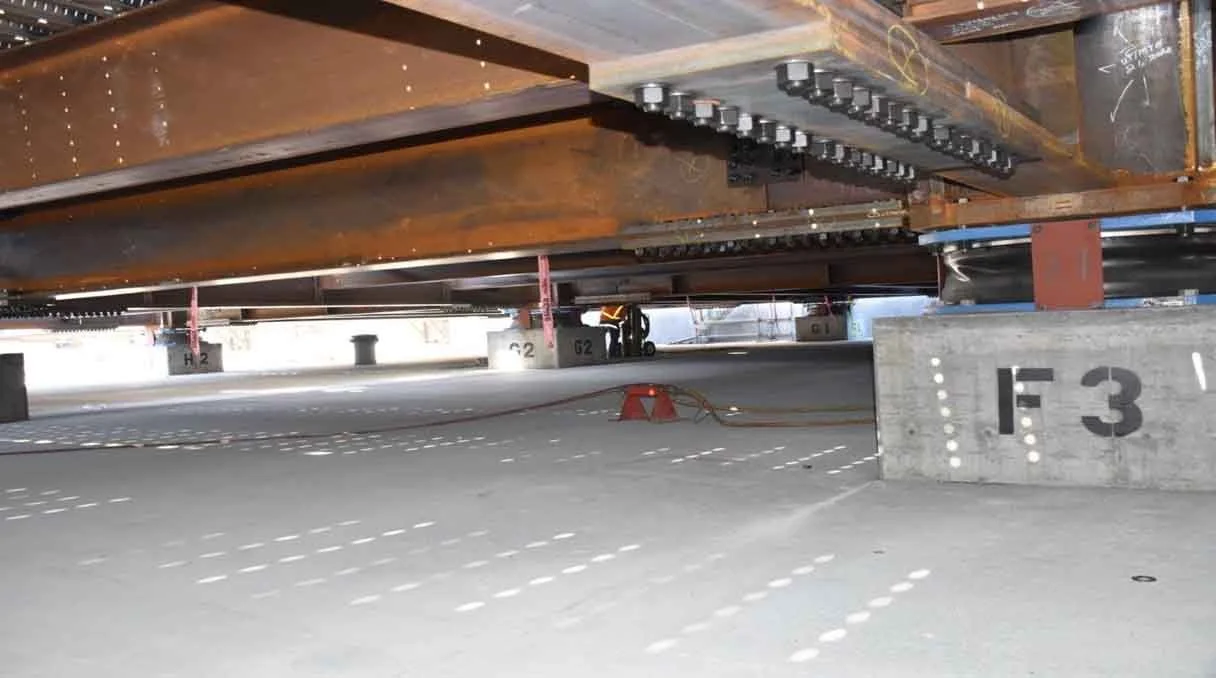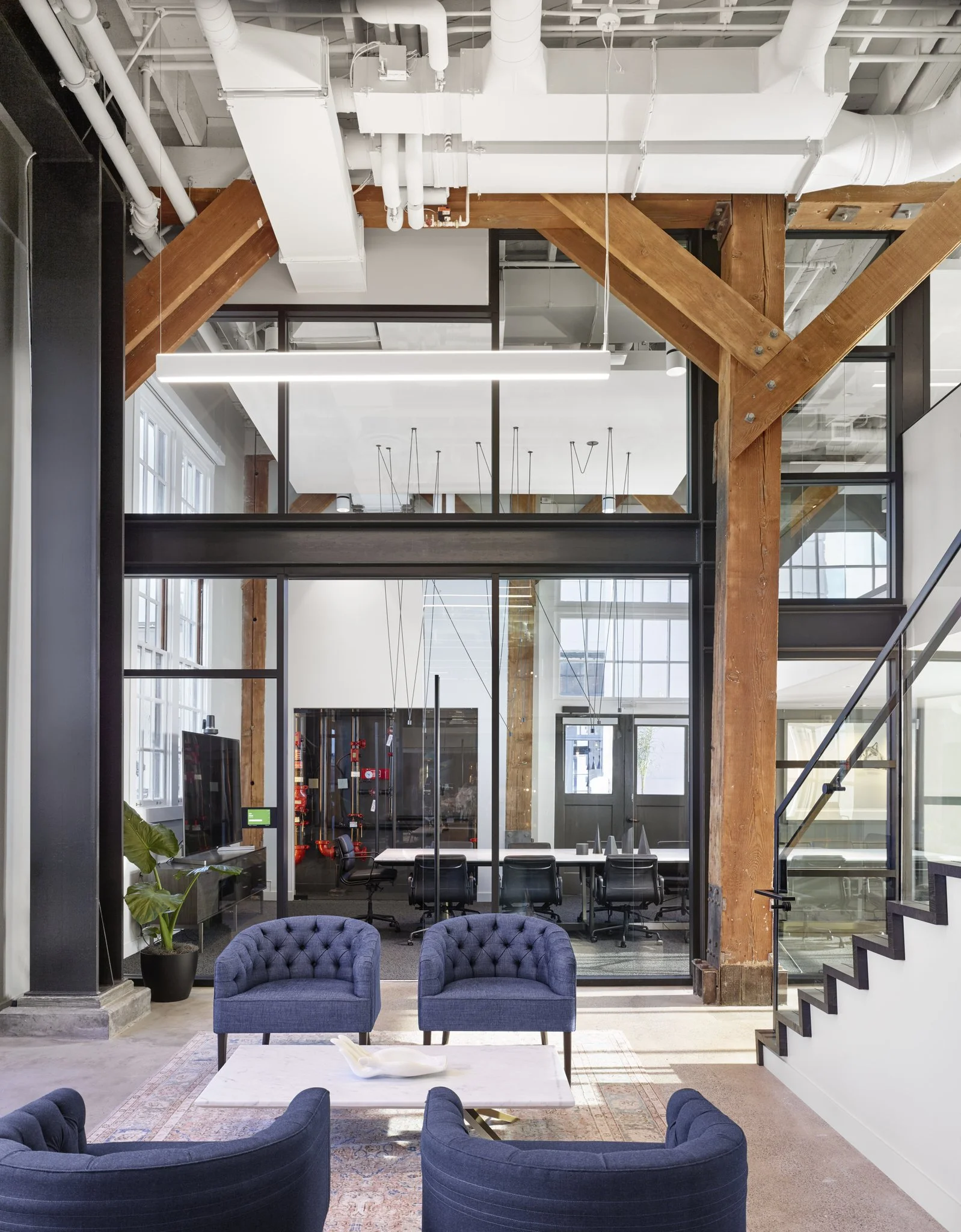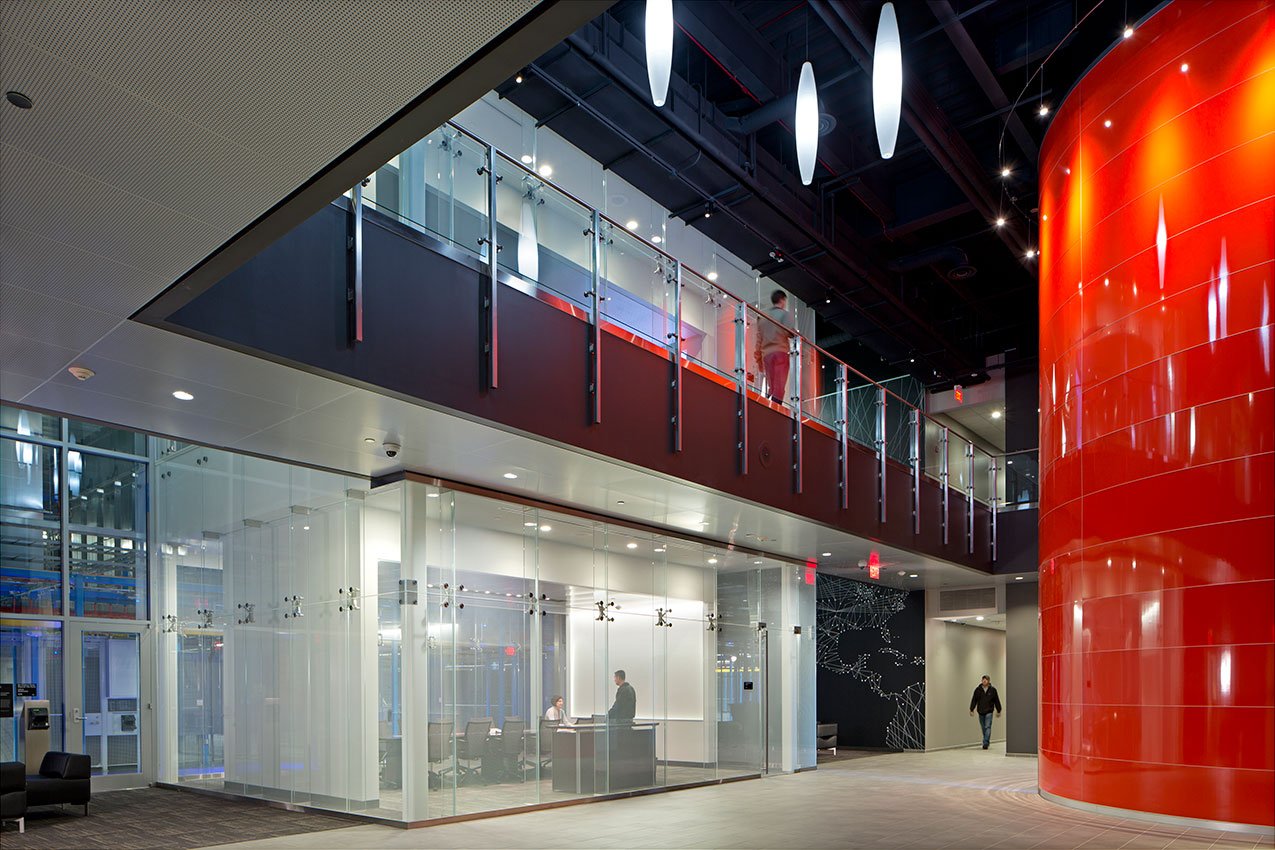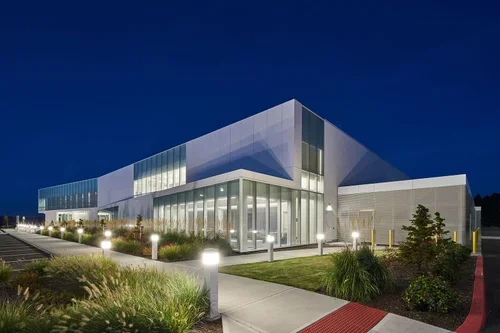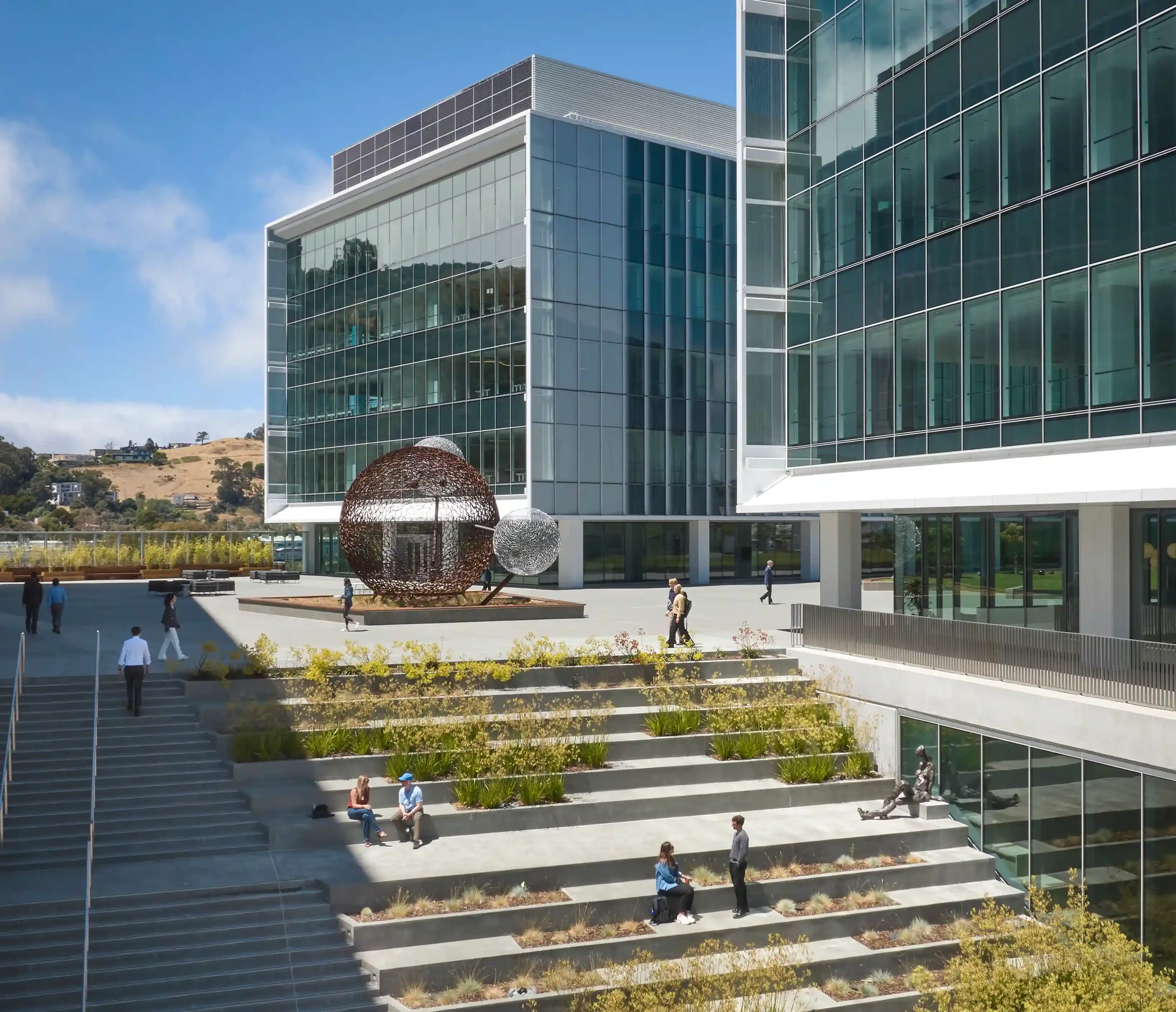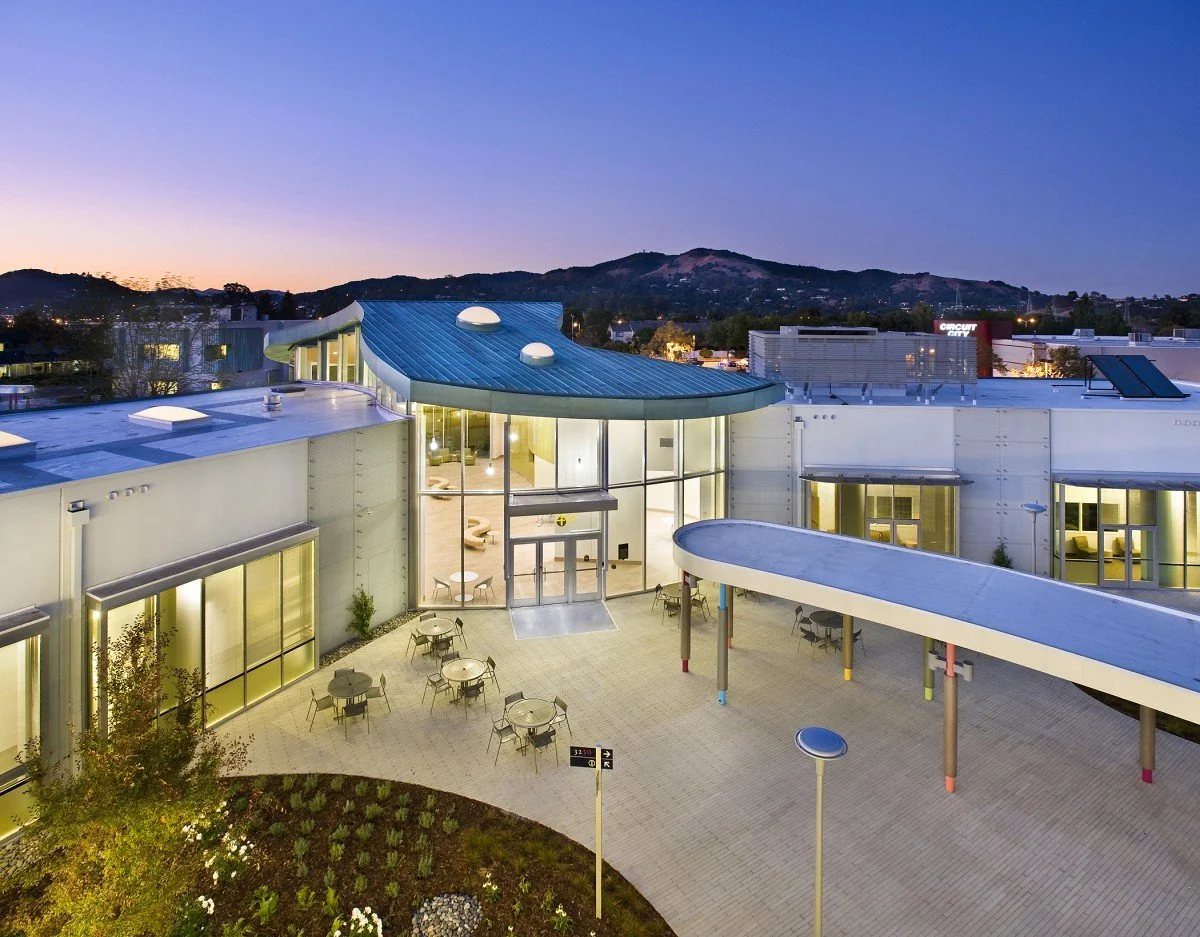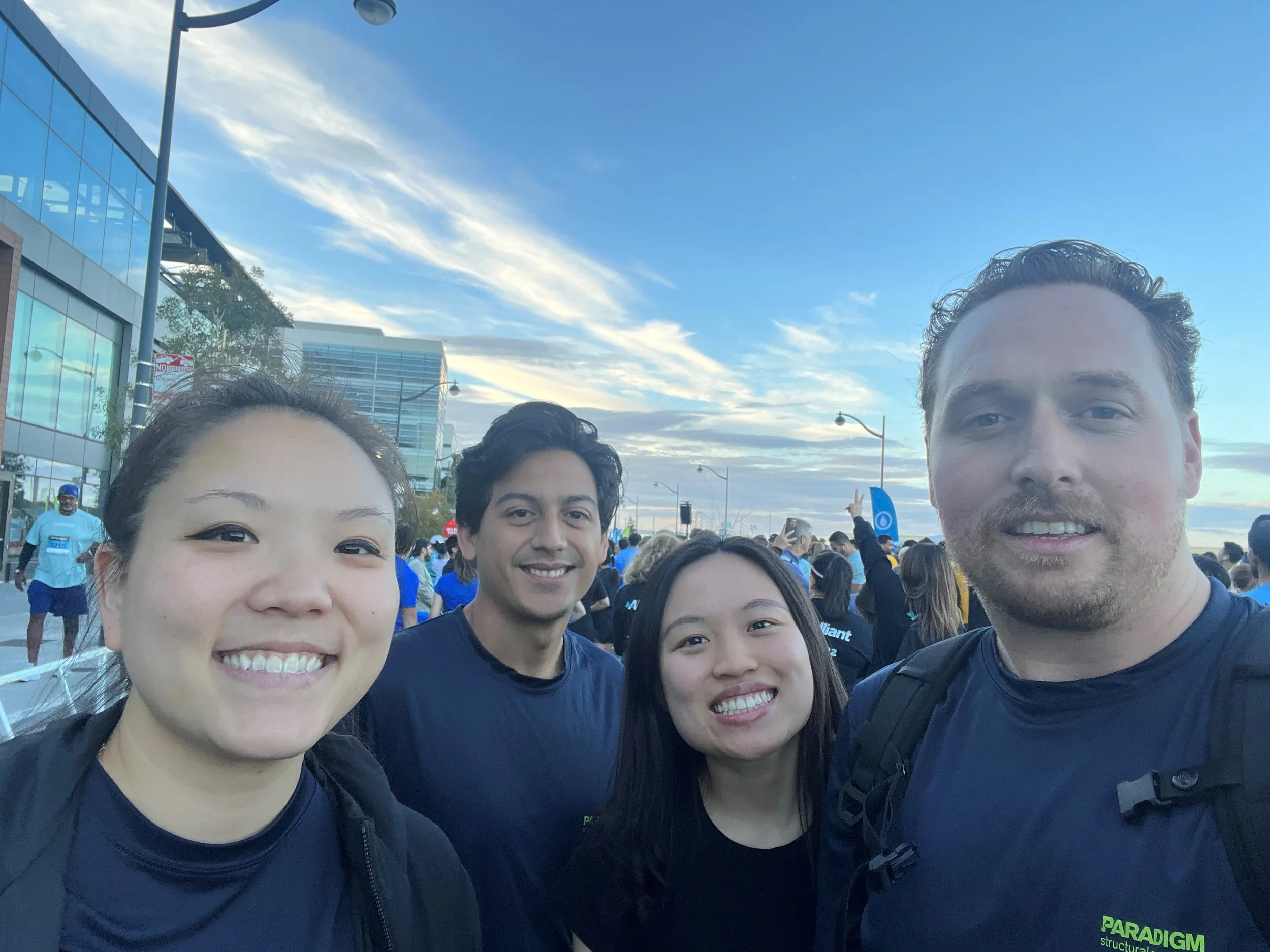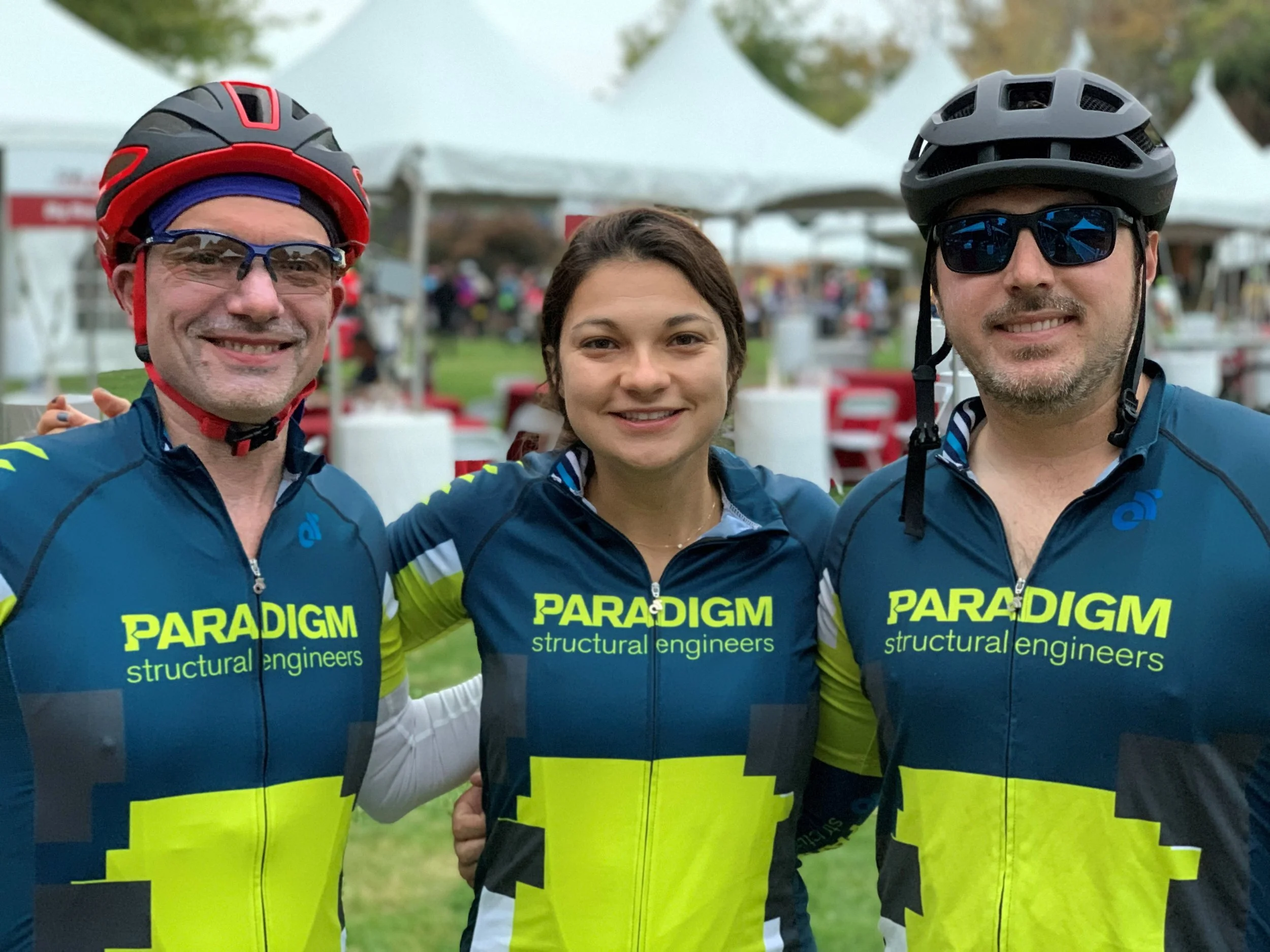Who We Are
26
Years in Business
5,000+
Completed Projects
3
Offices
San Francisco, CA
Chicago, IL
Dallas, TX
63
Employees
250+
Years of Combined Experience
1,500+
Completed Data Center Projects
Licensed Structural Engineers in
44
States
Our Founding Principle
PARADIGM Structural Engineers, Inc was founded in 1999 based on the guiding principle that intelligent structural designs and solutions will save lives, property and commerce.
Our client approach goes well beyond figures and reports; instead it is based on our team's ability to listen and comprehend our clients' needs and goals, and translate those into structural requirements. After understanding the structural needs, it then becomes paramount to clearly and effectively communicate the results back to our client.
Our dedicated staff is not limited to focusing on a single project type. Diversity in projects allows us to bring new, fresh ideas to the needs of the various projects. This "cross-pollination" of experiences allows us to bring the very best to our clients and projects.
Our Reach
PARADIGM professionals are currently licensed in nearly all 50 states and are able to get a license in any additional states required by our clients. PARADIGM also has international partners that allow us to work on projects around the world.
Our Partner Offices
PARADIGM is focused on delivering the highest quality structural engineering services to our local and international clients. To better facilitate our clients needs on an international level, PARADIGM has developed partnerships with other credible structural engineering firms throughout the world. To the right is a map which reflects where PARADIGM and our Partner Offices practice.
Alonso & Asociados | Mexico City, Mexico
VMB Ingeniería Estructural | Santiago, Chile
Paul Owen Associates | London, England
Zutari | Pretoria, South Africa
Mitchell Vranjes | Auckland, New Zealand
Specialties
Performance-Based Design
Passive Energy Dissipation
Design Build
Renovation & Retrofit
Market Sectors
Mission Critical
Advanced Manufacturing
Hospitality & Entertainment
Science & Technology
Aviation
Office & Retail
Healthcare
Education
Residential
Services
Ground Up Design
TI & Renovations
Earthquake Engineering
Seismic Retrofit
Passive Energy Dissipation
Base Isolation
Seismic Evaluation
Post Earthquake Reconnaissance
Design Build/ Integrated Project Delivery
Peer Review
Community Outreach
At PARADIGM, community involvement is at the heart of our core values. Each year, our employees dedicate their time to make a positive impact in the communities where we live and work. We are committed to supporting organizations focused on finding cures for illnesses, bringing joy to families and individuals in need, and protecting the environment.
Through volunteering and fundraising, we believe in the power of collective action to support local charitable initiatives.


